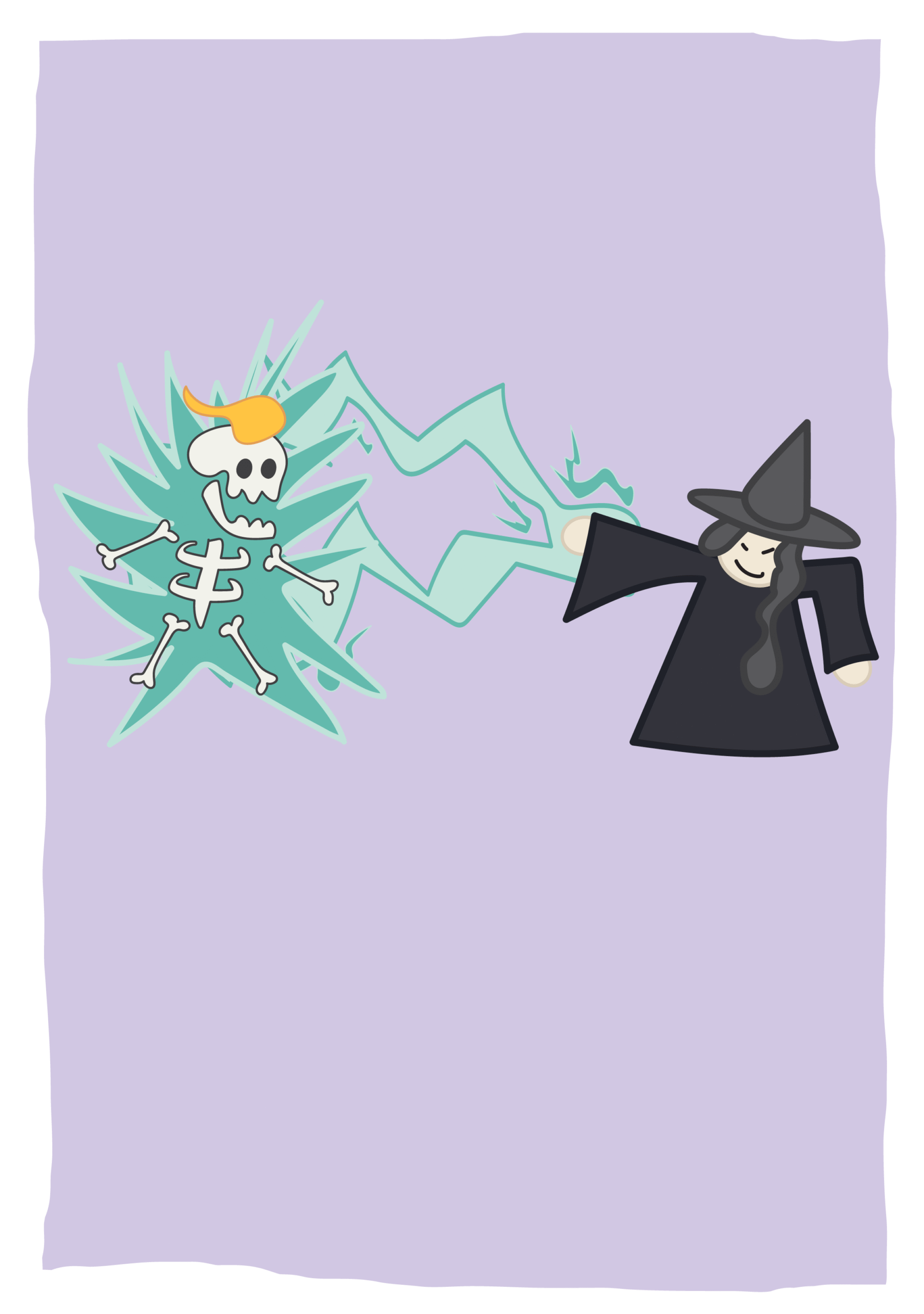
When you heard the word witch as a kid, you likely associate it with an evil, destructive, mean being wearing a pointy hat – you probably also imagine her being a woman. Witchcraft has a long history of metaphors and symbolism which is heavily intertwined with women and feminism as a whole.
Because of this traditional idea of witches being evil and harmful, even the idea of witches possibly being good was looked down on. This happened when the Wizard of Oz was released with Glinda the good witch. The funny thing about this situation was that the author of the Wizard of Oz, Frank Baum took influence to create a good witch from his mother-in-law Matilda Joslyn Gage which makes it seem like him creating a good witch had a deeper, activist meaning. Other than being one of the first to equate witch-hunts with misogyny, Matilda Joslyn Gage was a significant female historian (arguably one of the first) and a feminist icon in the 1800s. She argued against the church and was punished like other witches. Matilda argued that witches were simply educated women who questioned existing power structures. Although both men and women were accused of being involved with witchcraft, there was an inadequate target on woman (about 85%).
As we all know, in 17th century Europe and USA, a woman could be accused of being a witch for any reason, leading her to be burnt, drowned, or any other form of torturous death to test whether she was a witch or not. The Salem Witch trials are a stark example of how women were targeted and persecuted for going against any religious or social norms which obviously, heavily revolved around patriarchal ideas. However, you could also look at this symbolically. Witchcraft = feminine power men could have no control over. Some prime examples which sort of prove this can be portrayed in the things that woman would be accused of witchcraft for. Things like being unmarried, widowed, or childless, economically independent, practicing healing, midwifery, or having a little too much herbal knowledge. There are also some really showing examples such as being too opinionated or being seductive. Simply having your life better than a man would lead to uncontrollable jealousy and rivalry from them, resulting in them accusing the woman of being a witch.
This all shows the symbolic meaning of it all – male fear of uncontrollable women power.
Today, “the daughters of the witches you couldn’t burn” is a feminist statement, symbolising the enduring power of women and their resilience in the face of oppression. The phrase reclaims the narrative of women who were historically persecuted as witches, positioning them as ancestors of modern feminists and celebrating their strength and survival. The phrase can also represent our modern witches who embrace witchcraft as a form of feminism and empowerment, creating a more inclusive and diverse understanding of womanhood and femininity, as well as taking control of your life. Examples of modern witches would be Thewizardliz who, despite being a more controversial influencer reminds me of a female Andrew T*te. Although she doesn’t directly use witchcraft, her username being the WIZARD liz appears more as a symbol of embracing feminine power and using it to your personal advantage in improving your life. Another is HearthWitch who teaches her practices on YouTube. She presents witchcraft as a source of autonomy, intuition, and inner strength which resonates especially with women and femmes who feel disconnected from male-dominated religious or spiritual systems.
Witchcraft is more than just wands, pointy hats and cauldrons. It is a symbol for feminism, femininity, and power. It is an artform. It is taking back power we used to be punished for and improving our spirituality and self-image without shame and guilt.
“Feminine power men could have no control over”